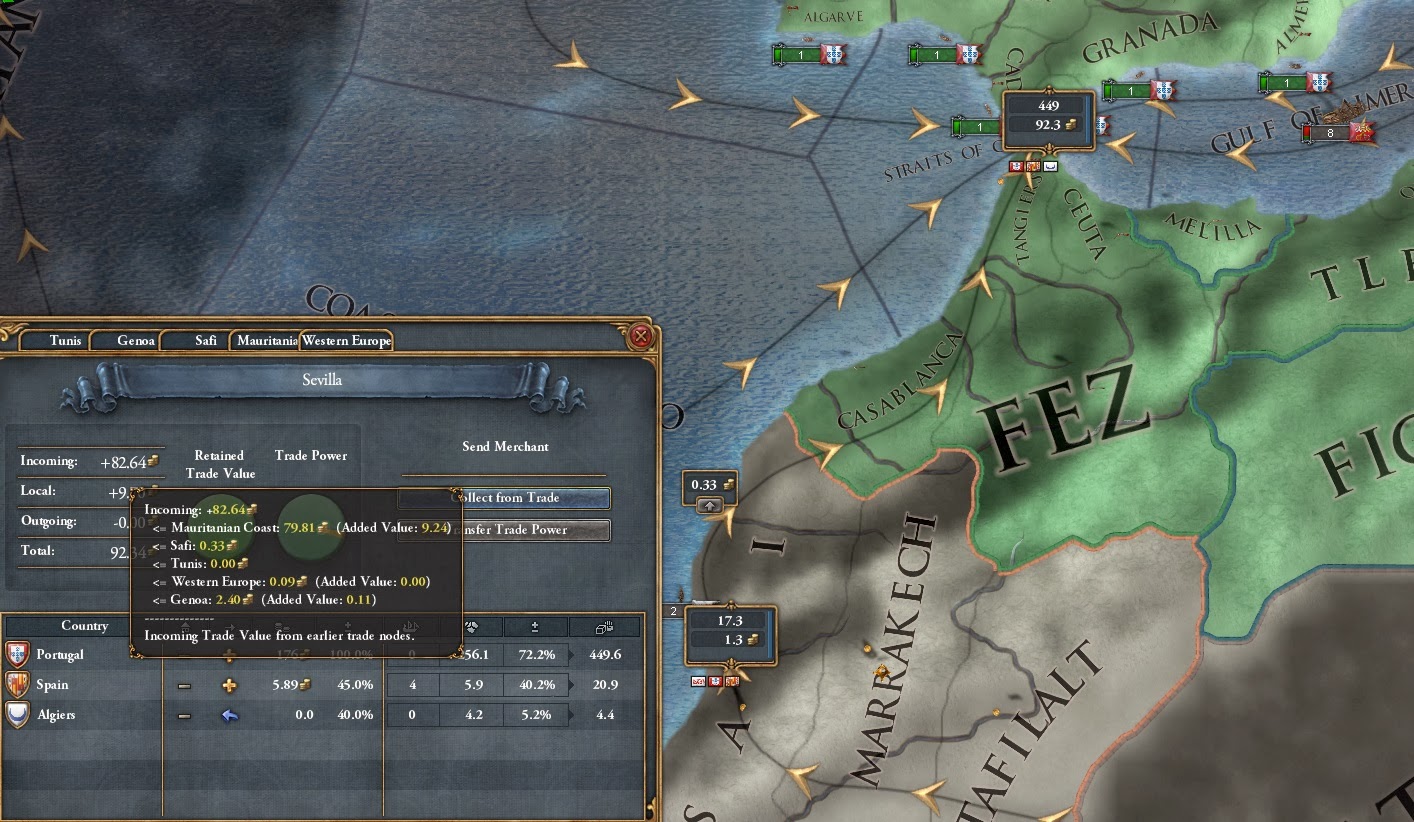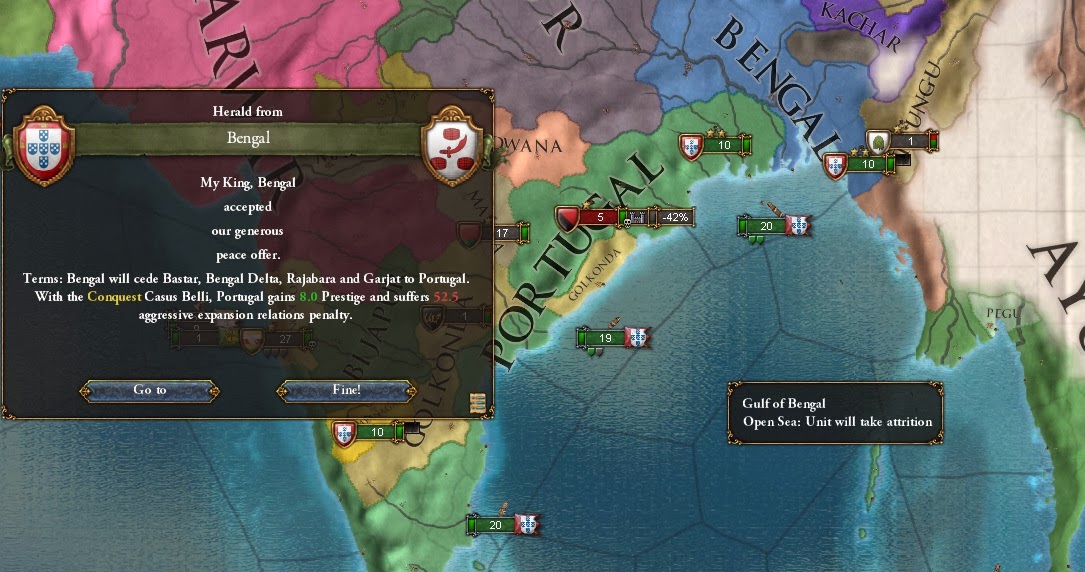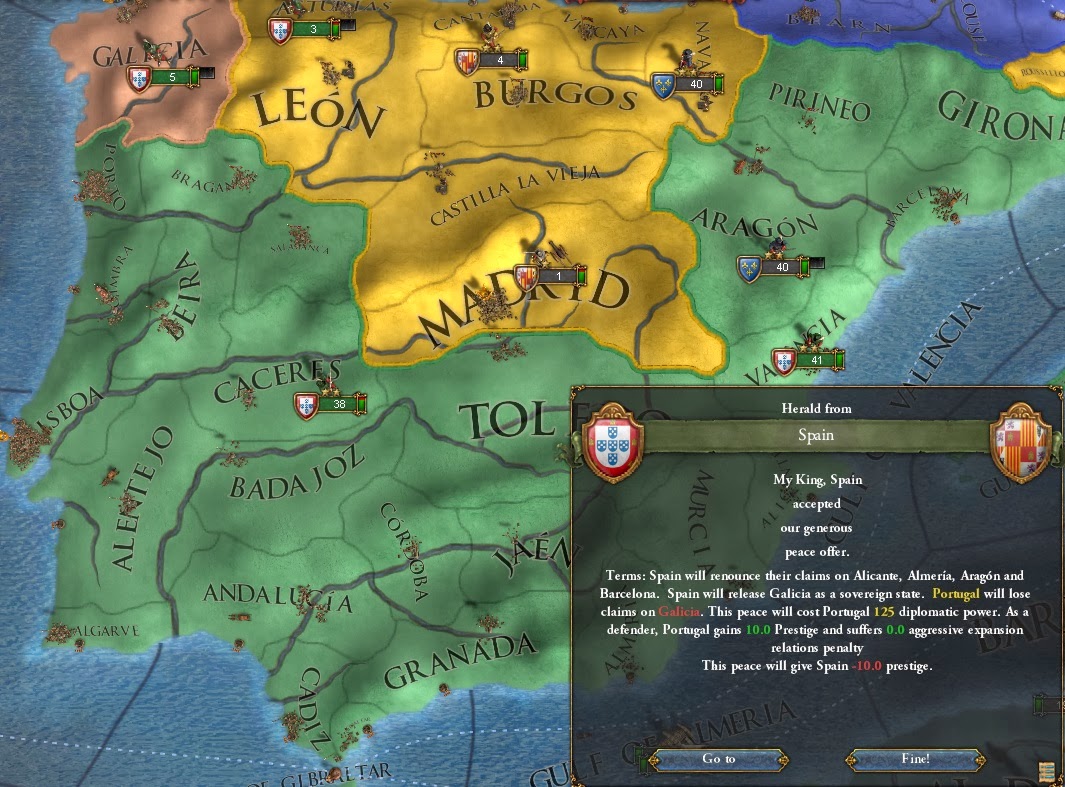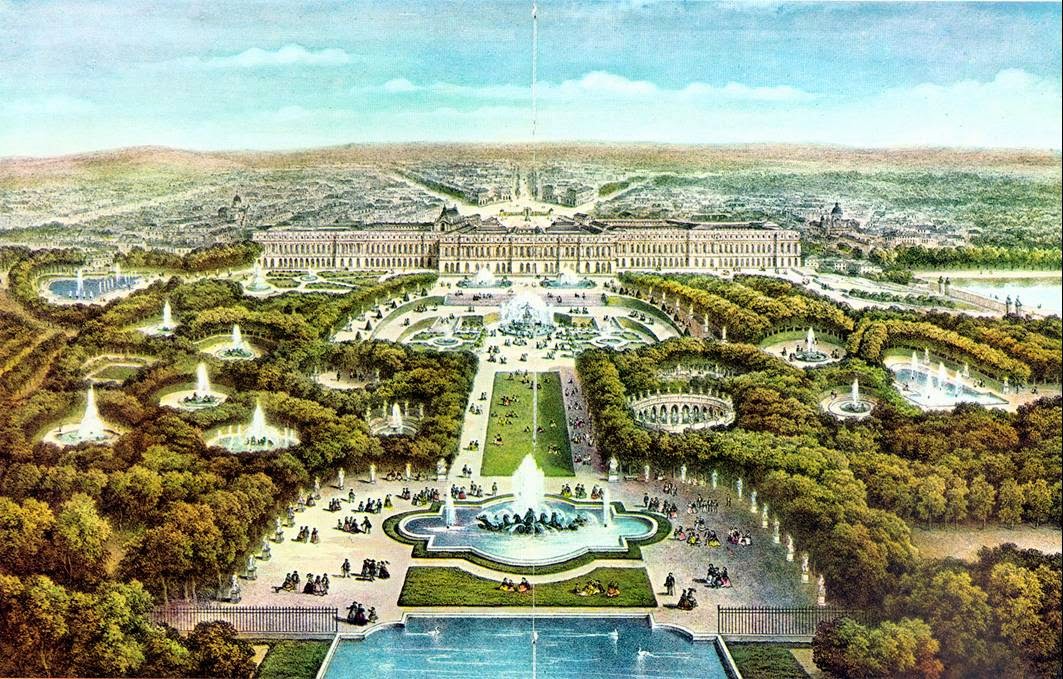Three Wars
Royal Palace
To celebrate the victory over the French and Spanish, João V celebrated with the most lavish, biggest and the most beautiful and utterly decorated palace in the known world. In Ajuda, in heart of Lisboa, a new palace was build with record time. With just 12 month, the old palace was cleared and the most beautiful palace, remained of Portuguese power, was built. Ready in December 1649, João V moved in by Christmas. Palace of Ajuda soon became the envy of every royal ruler in Europe- and all of Europe became full of the smaller copies of the palace.
Palace of Ajuda
Why Does the Pope Need Land?
The Papal State had grown. They had became one of the dominant powers in Italy, controlling 6 provinces in Central and South Italy, plus the city of Venice and the Island of Crete. And they held to that power. Even though João V was de facto controlling the Pope, the Pope refused to give up their earthly claims. And claims they did have...
It was in May 1650 when Portuguese finally started the annexation of Sicily. One month later, João V declared war on Papal States, claiming the province of Ancona to Portugal and seeking to give Lucania and Bari back to their rightful owners- Sicilians. Portuguese had total 33 000 soldiers in Central Italy. Since the Portuguese were still suffering from severe manpower shortage, all of the soldiers were mercenaries, only with Portuguese generals.
The war begun traditionally- with cannons of the Portuguese Armada Real, 30 war galleons, pounding away the enemy fleet. In this case, reliving Papal States from most of their fleet in Ligurian Sea, sinking and capturing a total of 25 ships and then, a few days later, sinking yet another 6 galleys in Tyrrhenian Sea.
Meanwhile, mercenaries lead by Inacio de Magalhaes attacked the Papal Army in Ancona. A bit over 20 000 soldiers attacking 14 000. And the Portuguese were lead by one of the greatest generals in the world- no wonder the Portuguese managed to surrender and destroy the Papal army. The Pope never got a chance to raise another. Portuguese troops split up and covered all of the Papal lands with armies.
The beginning of the war of destruction of Papal forces
By the end of 1652, all of Papal lands were occupied by the Portuguese, including Crete and Venice. The peace was signed by May 1653. Main reason for it taking so long- João V waited until Bengal Delta and some other Indian provinces became cores of Portugal, so he could make peace without the overextension problems. With peace, Papal States lost 4 of his 8 provinces. Two to Portugal and two to Sicily. And João V promised to take others away as well, leaving the Pope rule over just Rome.
The peace is made
Incidentally, in that time, Europe saw the strangest army. One day, an army landed to Ottoman-controlled Italian province of Verona and sieged the province. Their leader spoke a bit of Portuguese (you have to when you’re living in that region) and it turned out to be forced of Mawar, the most powerful of Indian nation, had sailed from home to siege Ottomans in Europe. Truly a global war.
Strait of Hormuz
Indus is a third Indian node. Thus far, Portuguese only had province of Suhar and 10 frigates patrolling it- but in order to gather all the riches from India, you need to control Indus as well. So, in June 1653, Portugal declared war on Persia. A powerful country, holding Hormuz, one of the trade nodes of the Indus area. Also, João V ordered one of his merchants to move from Bengal to Indus.
Total 30 000 Portuguese took part of the conflict, 20 000 in Persian area and 10 000 in India, where Persia had a loyal ally Jainpur, one of the big powers in India. First, Jainpur invaded Portuguese India with 17 000 soldiers. Portuguese attacked and won- then marching after them to as far as Kashmir, until the Jainpur forces were destroyed.
End of the Jaipuri...
As for Persia, they attacked with 32 000 units and it took Portuguese over a year to finally destroy their army. But in the end, Portuguese proved once again their superiority over the Eastern troops. Both times, Portuguese were outnumbered, but their military discipline, equipment and tactics proved superior.
... and the crushing of Persian troops
Even Great Britain decided to send their small army to help. Good to see the Portuguese-British relationships were improving. Together, the coalition pushed into the lands of Persia, and soon, the enemy capitulated.
In December 1655, the peace was signed, giving Portugal all the Persian coastal provinces in Indus area. Most importantly, Hormoz, the local trade center. Portuguese had now total control over the navigation in Gulf of Persia. They were the ones deciding who is left in and who out.
New holdings of Portugal- and overextension screen
Plus, Portugal now had quite a share in the Indhus node. With nearly 8 gold flowing towards Aden and Portuguese supremacy there, Portugal could soon risk to move trader from Ceylon to where he is needed the most and still keep the money flowing towards Aden.
African Conquest
Kilwa, formerly known as Swahili, were still a power in the East African area. Though the Portuguese had taken most of their power and provinces, they still had four remaining. In July 1656, João V decided to take even these, because they still managed to disrupt Zanzibar. Kilwa had also moved their capital from Mozambique to Lamu up north, where they still had three provinces.
The Portuguese used 26 000 soldiers for this one- 20 000 from Indian troops and another 6000 was the small African army who now sieged and took Mozambique. The war was quick and easy,with 8000 Kilwa soldiers beaten in battle, their fleet sunk and no resistance left, it was only siege.
Most importantly, in January 1658, a colonist arrived to Lesser Namaqualand, One province before the Cape of Good Hope and established an Portuguese colony there. With that, the entire coastline of West Africa, from Morocco up north to Cape back south, was firmly under Portuguese control.
Arrival in Lesser Namaqualand meant that the Portuguese hold of the Coast of Africa is complete
Kilwa gave up in March 1658, giving Portuguese all their provinces but their capital. East coast of Africa was also coming Portuguese sole property, though the Kilwa will most likely remain a one-province minor for quite a long time. For two simple reasons- Kilwa has merchants in Aden and Indus, adding small percentage from the money coming the Portuguese way. More useful to keep them alive and doing that.
Kilwa giving up
Other matters
During that period, the Portuguese finished their naval ideas and pushed the religious ideas also a bit further. Also in December 1649, Portuguese increased their military technology to 20, meaning more defences, better cannons and more firepower for the infantry.



































